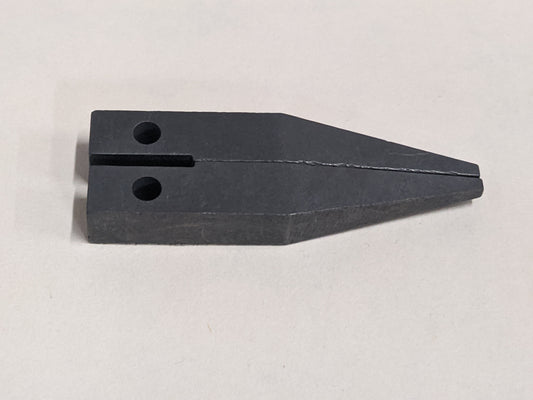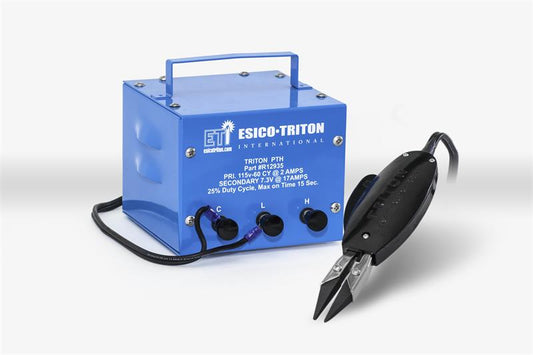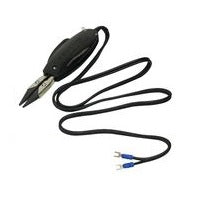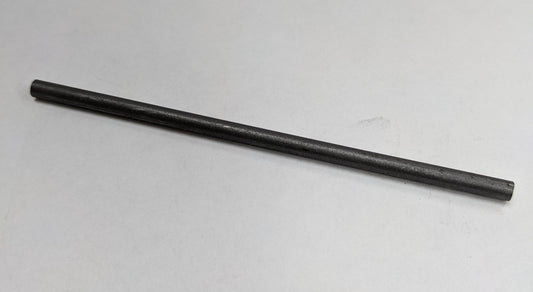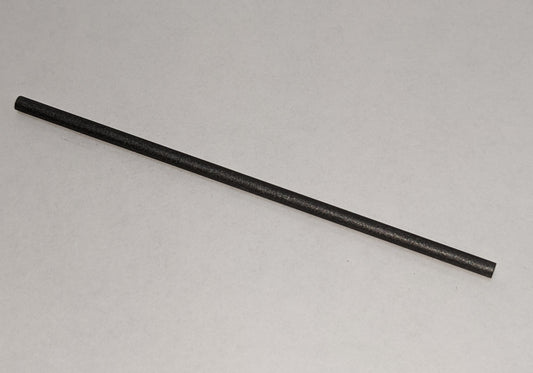What is resistance soldering? Resistance Soldering is a specialized soldering process which uses electrical resistance heat to flow solder in an efficient and safe manner. By using resistant heat, it can improve the soldering process as well as decrease the potential thermal damage to components that are heat sensitive.
With resistance soldering, the heat that melts the solder is generated by applying an electrical current to a soldering tool with electrodes. This type of soldering makes it possible to generate a high amount of heat to a very small area which allows a more precise method of soldering for components that are closely spaced.
The equipment used for resistance soldering has the ability to flow and melt most solder types that use standard solders (soft solders) to some brazing alloys (hard solders).
How Resistance Soldering Works:
- Resistance soldering uses a transformer power supply and electrodes.
- When the electrodes on the soldering handpiece make contact with your workpiece, a circuit is created and heat is rapidly produced at the contact points.
- Resistance soldering electrodes are mostly carbon rod but can also be stainless steel. The size of your parts determine the size of the electrodes needed. That in turn determines the size of your soldering handpiece and the transformer unit that matches.
- As soon as the solder flows and you remove the electrodes, they cool off quickly as the power is no longer flowing to them.
The Benefits of Resistance Soldering
1. The Solder Process is Safer
With resistance soldering, the electrodes cool quickly after the job is completed without needing to use any hot irons or an open flames. Because the soldering is faster and the hand pieces cool extremely fast, it is safer for the person who is operating the soldering and reduces the risk of injuries.
2. It is Cost Efficient
When using resistance soldering, there isn’t any time wasted while the tool is warming up. The electrical consumption is lower since the current is only used during the soldering process which can save time and money. The electrodes don’t wear out quickly and they don’t need to be constantly re-wetted or cleaned up. There is less flux used because of the higher heat and the process is much quicker and efficient and there is more consistency with the solder joints.
3. Better Quality Soldering
Once the resistance soldering operating area is implemented, the solder joints will be very consistent and there is a higher level or repeatability. This can help achieve better soldering with fewer repairs or reworking. With lighter hand pieces than most soldering irons, it can make the quality better and easier for the operator to handle.
4. Ease of Access to Tight Spots
Because the heat is instantaneous and localized, it can make soldering in small spaces or tights spots easier and more precise. It can also help to create a more professional solder joint.
While resistance soldering can’t be used for all soldering applications, it can be very beneficial for certain industries that solder in very small spaces. It can be a great alternative for soldering electrical connectors, wire terminals, and tearing down (desoldering) automotive electric parts.
If you have any questions about resistance soldering, conductive soldering, or any other soldering process, please contact our technical support team.

